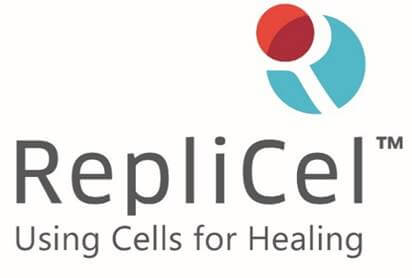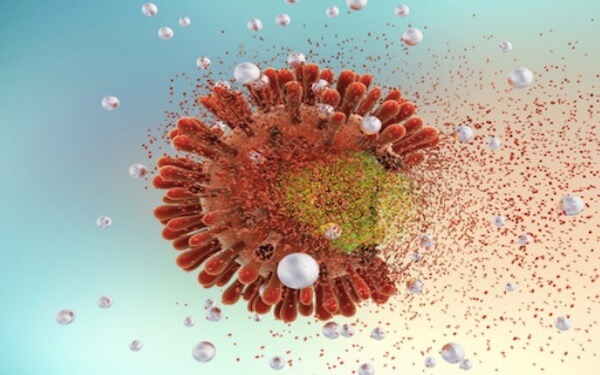
RepliCel Life Sciences Inc (TSXV:RP)
RepliCel is a regenerative medicine company developing autologous cell therapies that address diseases caused by a deficit of healthy cells required for normal healing and function.

The Scripps Research Institute’s Consortium for HIV/AIDS Vaccine Development (CHAVD) received a $129 million infusion from the National Institutes of Health (NIH) to drive the development of next-generation treatments for HIV. The goal of the research is to develop a treatment that will spur the immune system into producing antibodies capable of disarming numerous strains of HIV. The grant money came NIH’s National Institute of Allergy and Infectious Diseases and will be used over the course of seven years to advance the vaccine candidates into human trials. According to Scripps Research, the vaccine candidates are designed to be administered in multiple stages to induce immune system proteins called broadly neutralizing antibodies (bnAbs). In multiple animal studies, bnAbs have been shown to provide long-lasting protection against exposure to multiple HIV strains, Scripps Research said in its announcement late Wednesday. The research will be undertaken by investigators from Scripps Research, as well as those from scientific organizations affiliated with CHAVD. Dennis Burton, director of the Scripps CHAVD and co-chair of the Department of Immunology and Microbiology at Scripps Research, said previous support for the NIH allowed the researchers to “lay the scientific foundation” for the potential development of these HIV vaccines. This new award provides critical funding to refine this approach and bring it into human clinical testing, he said in a statement. “We are researching multiple bnAb sites with the ultimate goal of combining immunogens that target different sites to provide the breadth and potency needed for an effective vaccine,” Burton said in a statement. There have been numerous advances in treating HIV, with several new drugs on the market. Last year, Robert Redfield, the new director for the U.S. Centers for Disease Control and Prevention, predicted the AIDs epidemic can be defeated within the next three to seven years. This week alone, ViiV Healthcare, a subsidiary of GlaxoSmithKline, announced that its recently approved two-drug combination Dovato stood up to a three-drug regimen in a late-stage trial. Also, this week, Gilead Sciences and Lyndra Therapeutics teamed up to develop “ultra-long-acting” oral HIV therapies. Last month, researchers at a number of U.S. universities developed a technique that is capable of eliminating replication-competent HIV-1 DNA from the genomes of living animals. Despite all the advances in treating HIV, in 2017, about 1.8 million people globally acquired HIV and about 37 million people were already living with the disease. Developing a vaccine for the disease has proven to be a daunting task, in part due to the different strains that circulate among patients. Scripps noted that one person may carry hundreds of thousands of variants of the virus. The $129 million grant will allow the researchers to build on previous work completed by team members, including the 2009 discovery of antibodies in the blood cells of an HIV-infected woman that had the capability of “neutralizing 70% of 162 HIV reference strains representative of the global epidemic.” That discovery raised the possibility of engineering vaccines that could induce a person’s immune system to generate such bnAbs, Burton said. The center’s research has shown that naturally occurring bnAbs develop in a person’s body over a period of years as the result of repeated exposure to many strains of HIV. The sequential vaccine approach seeks to better this process by generating bnAbs with a small number of protein immunogens given successively in a compressed timeframe, Scripps said. Source: Biospace